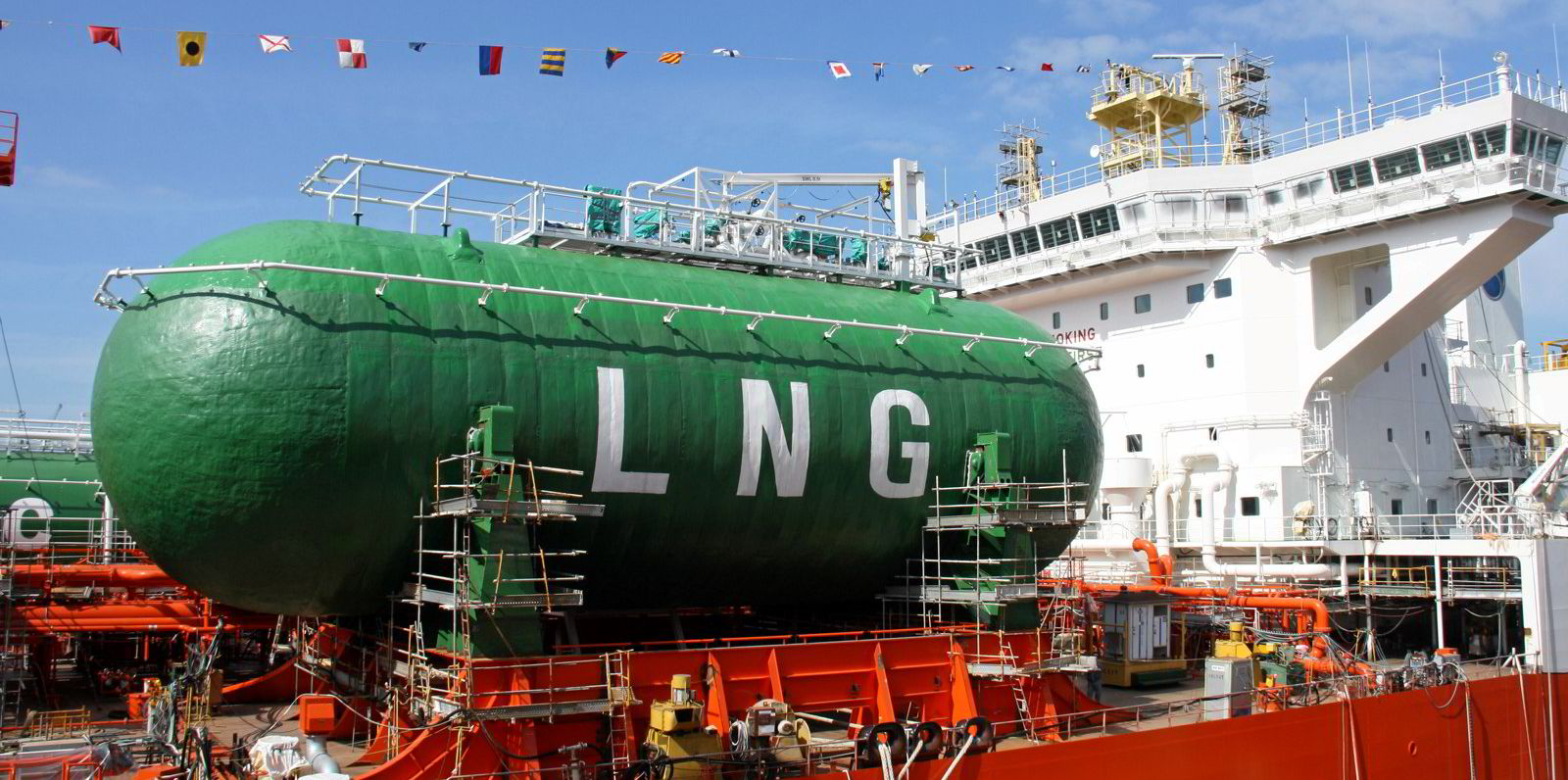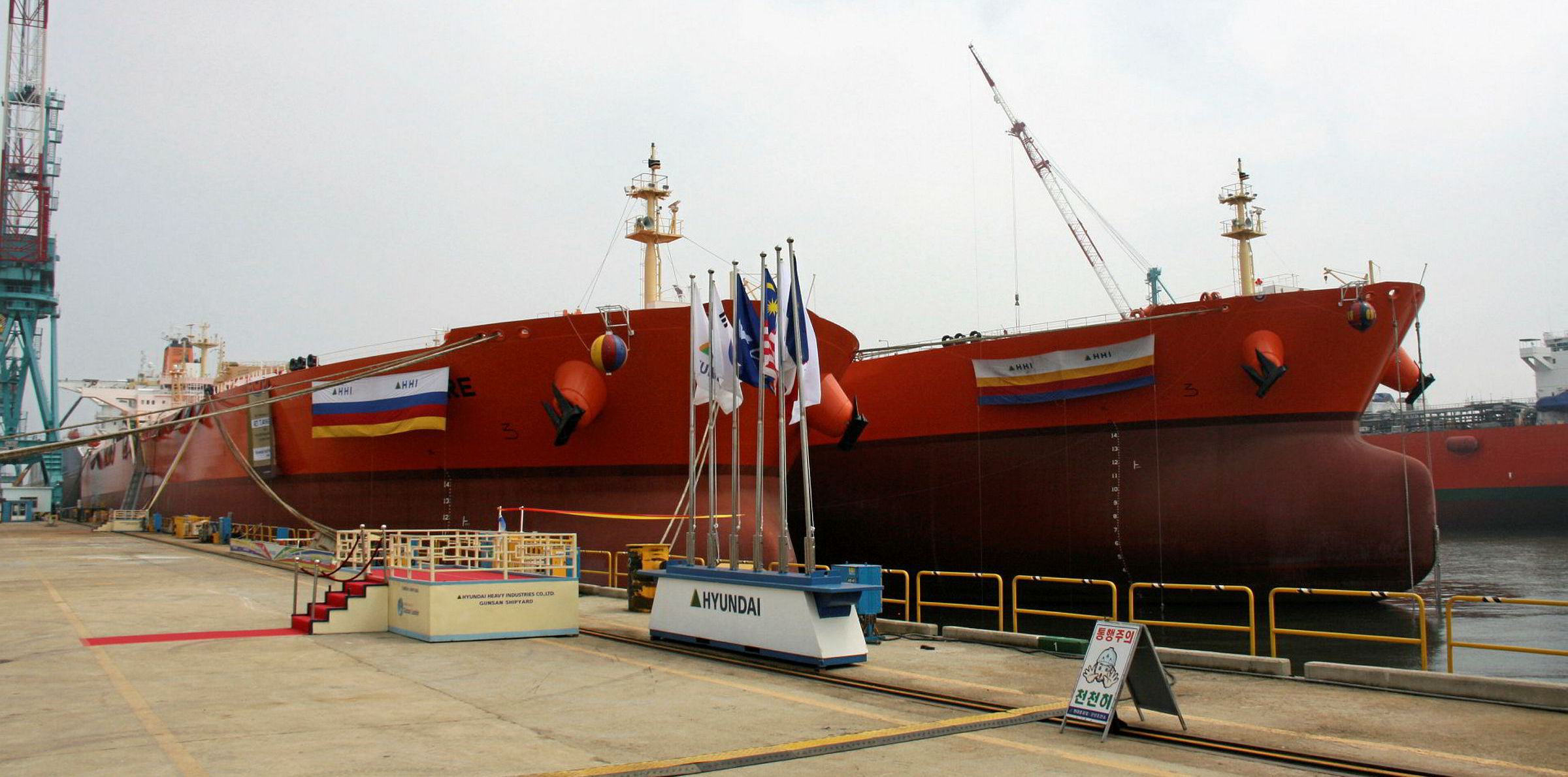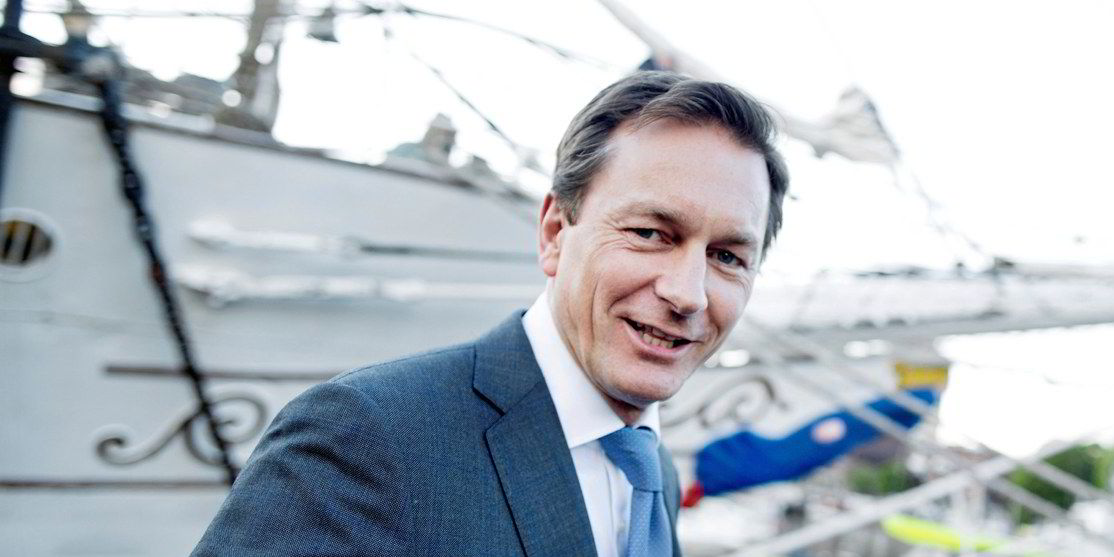The number of LNG dual-fuel tankers looks set to overtake the number of LNG-ready tankers as owners become more confident in LNG as a bunker fuel, said a top shipbroker.
There are about 43 LNG-ready and 30 dual-fuel tankers in the existing fleet, according to Simpson Spence Young (SSY).
But with 55 LNG dual-fuel tankers on order and none contracted as LNG-ready status, SSY said the number of dual-fuel tankers will soon overtake LNG-ready vessels.
It said more owners had committed to dual-fuel ships in the past two years due to improved vessel refuelling infrastructure and accessibility.
A recent report by Gibson Shipbrokers said the fleet of LNG bunker vessels (LNGBVs) as of the end of October stood at 13 operating vessels, of which two are barges.
The UK shipbroker said increased interest in LNG as a marine fuel has led to a rise in demand for LNGBVs, resulting in around 30 vessels being on order, planned or under consideration.
In addition, 14 vessels have confirmed IMO numbers, meaning they are in the process of or will soon be commencing construction.
South Korean yards have greater exposure to building the larger sized LNG dual-fuelled tankers while Chinese yards … appear to be more focused on the smaller tankers
SSY
In deadweight terms, SSY said South Korean yards have received 53% of the LNG dual-fuel orders so far this year — about 845,000 dwt comprising two VLCCs and two suezmaxes — retaining the top spot from last year.
But SSY said this was down from a market share of about 75% in 2019, as Chinese shipyards eroded South Korea’s lead with contracts for four vessels each from the LR2, handysize and small handysize sectors.
Greater exposure
“Notably, South Korean yards have greater exposure to building the larger-sized LNG dual-fuelled tankers while Chinese yards, at least for now, appear to be more focused on the smaller tankers,” the shipbroker said.
Of the total tanker contracting for vessels over 10,000 dwt, and excluding chemical tankers, for the first 10 months of 2020, SSY said about 10% of the orders were placed for LNG dual-fuel vessels.
This is close to the 11% placed in 2019, and up from 2% in 2018 and about 8% in 2017, when newbuild prices then fell to their lowest levels since early 2004, which gave tanker contracting a boost.
While European shipowners have traditionally been at the forefront of LNG-capable shipping, SSY said Asia is currently the top contracting region.
“Of the 55 LNG dual-fuel tankers on order — which includes three VLCCs, nine suezmaxes, 22 aframaxes, four LR2s and three MRs — 27 units are to be owned by Asia-based shipowners and financing institutions, and the remaining vessels will be under European ownership,” it said.
Of the existing LNG-capable vessels — 26 MRs, 19 handysize, three LR1s, 15 suezmaxes, eight aframaxes and three VLCCs — “more than 60% belong to European entities, 30% to North American companies and the remaining vessels to Asian owners”.
Despite this, SSY said the use of LNG-fuelled tankers is expected to be only a “medium-term solution” to meet the International Maritime Organisation’s decarbonisation targets.
“This is because using LNG as bunkers can only cut greenhouse gas emissions by about 20% from the levels of burning oil,” the shipbroker said.
The global maritime industry, according to the IMO, is responsible for nearly 3% of GHG emissions, which it is targeting to halve from 2008 levels by 2050.
SSY said other alternatives such as electricity, renewable energy or zero to low-carbon fuels such as hydrogen, ammonia, bio-methanol biofuels will have to be "developed further" to meet the IMO’s targets, which for now means new tanker ordering is being restrained.






